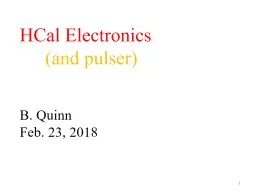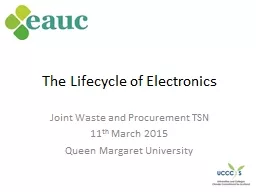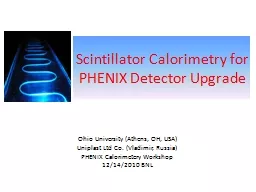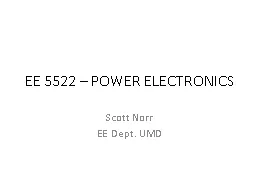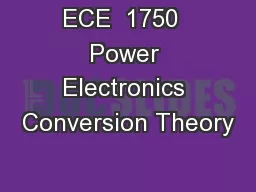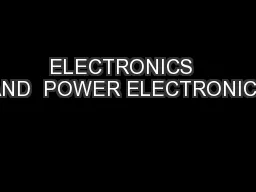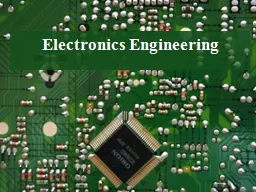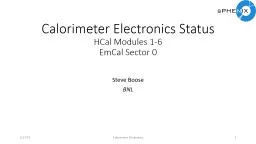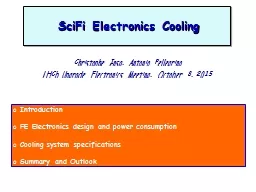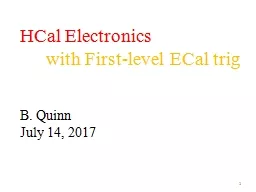PPT-HCal Electronics (and
Author : vamput | Published Date : 2020-10-22
pulser B Quinn Feb 23 2018 1 Cabling scheme for HCal One signal one HV cable to each tube Plus one HV amp 6 signalsection for pulser Cables secured strainrelieved
Presentation Embed Code
Download Presentation
Download Presentation The PPT/PDF document "HCal Electronics (and" is the property of its rightful owner. Permission is granted to download and print the materials on this website for personal, non-commercial use only, and to display it on your personal computer provided you do not modify the materials and that you retain all copyright notices contained in the materials. By downloading content from our website, you accept the terms of this agreement.
HCal Electronics (and: Transcript
Download Rules Of Document
"HCal Electronics (and"The content belongs to its owner. You may download and print it for personal use, without modification, and keep all copyright notices. By downloading, you agree to these terms.
Related Documents

